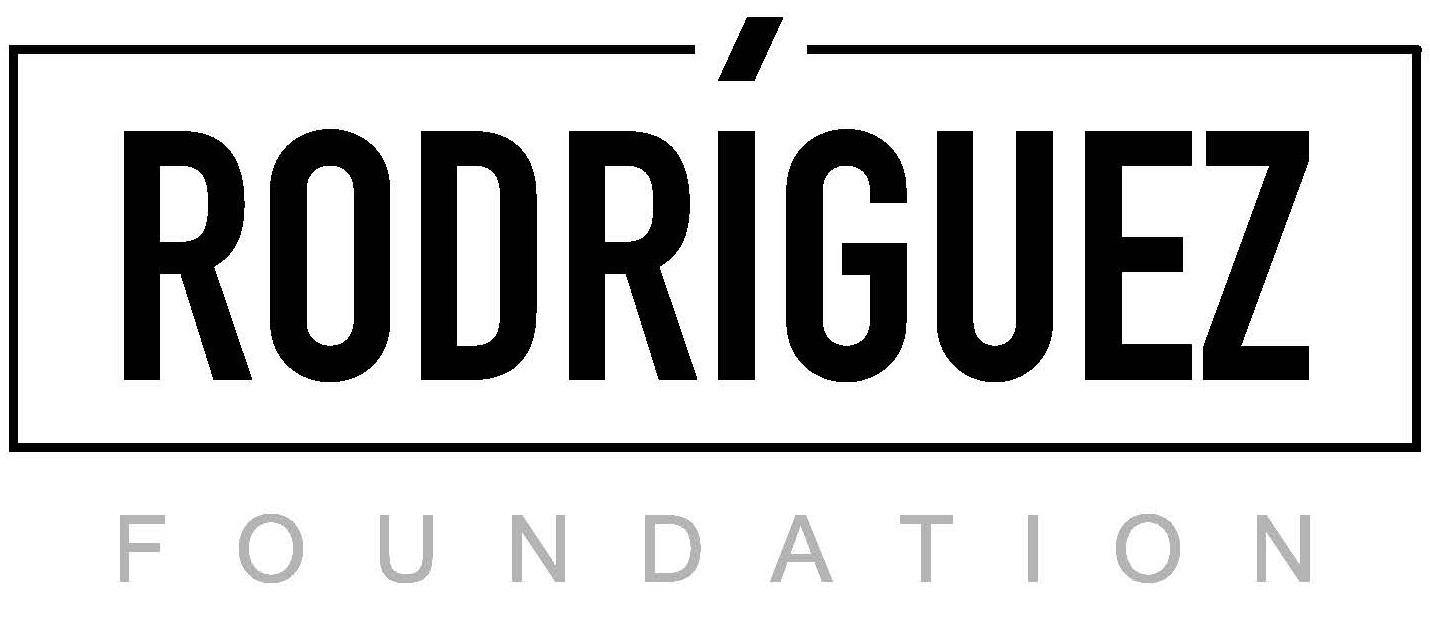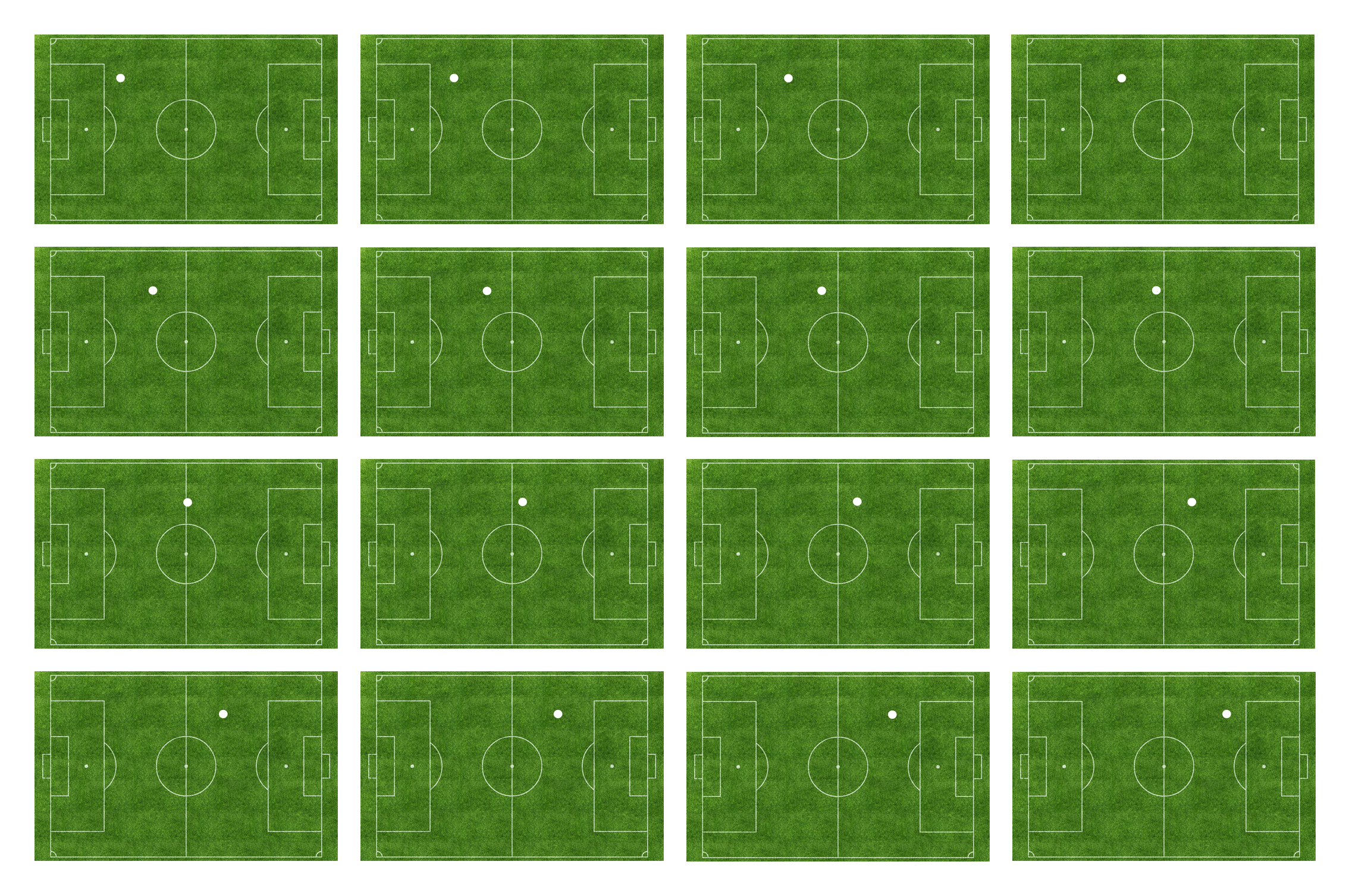Pep Vidal - How Green Was My Valley
23.09 - 4.10.2016
My work is based on subtle and elusive changes, so small that they can’t be perceived with the naked eye until they lead to greater changes within the system. An example of this might be a book lying on a shelf, which falls one day for no apparent reason. This happens at a very specific moment in time as a result of a series of preceding events, which are predominantly chaotic, yet invisible. Everything that takes place between the moment the book is placed on the shelf and the moment it falls is precisely where my interests lie. This imperceptibility and intangibility of certain events is, above all, caused by a lack of information regarding the systems we live in and the innate limitations in how we perceive various phenomena. Here are three examples:
Example no. 1:
One day I spotted a cut tree limb lying on the ground and I decided I would take it to my studio. When I tried to lift it, it turned out it was too heavy. So I tried to pick up another, smaller, log, but the same thing happened. I realised how little information I had at hand about the elements around me. In the course of our lives, in order to gather new information on a particular subject, we often refer to common knowledge and common sense, which, as in such cases as this, can fail us.
Example no. 2:
During one of my university courses in differential and integral calculus, the professor attempted to prove the existence of an infinite amount of numbers between 0 and 1 by drawing a straight line on the board with 0 at one end and 1 at the other. “This line represents the distance between 0 and 1”, he said. “If I approach the board, however,” he said as he walked up so close his nose was white with chalk, “This line is no longer the distance between 0 and 1, but 1 and 0.1”. He repeated this case several times, moving on to 0.01, 0.001, 0.0001 and so on.
0 ——————– 1
0 ——————– 0.1
0 ——————– 0.01
0 ——————– 0.001
0 ——————– 0.0001
0 ——————– 0.00001
0 ——————– 0.000001
What strikes me the most in this example is the fact that, actually, everything depends on precision. Depending on how great the precision we apply in making our measurement or controlling things (within systems), the greater or smaller the knowledge we can acquire about certain things (systems). The need to measure the length of a highway isn’t the same as measuring the distance travelled by particles in the Large Hadron Collider. This is why the precision required by each particular system demonstrates how similar or radically different they are. In most instances, however, we’re not capable of measuring things with great precision and this is also why, for the purposes of effective and fruitful interaction with other systems (other elements) we need intuition and knowledge that has been previously acquired.
Example no. 3:
“Football Pitch” (2016) is a series of 826 photographs in which I delete an area (white spot) that, according to my intuition, would be taken up by a white sphere 2.5 metres in diameter within a football pitch. We refer to the football pitch colloquially as a standard unit of measure (e.g. 65 hectares of forest burned down, which is equivalent to 31 football pitches). When I was a kid, I was surprised by this fact but today I realize how useful it is as a measurement that people know and can imagine. That is why, in deleting an area that would be taken up by such a sphere, based on my intuition rather than precise calculations, a dialogue is started up about what is standard and what is intuitive/perceptual. The series of 826 photographs were integral to whiting out an entire football pitch, in other words, it could fit 826 spheres of 2.5 metres in diameter. What is significant is that this is not a precise calculation, but the fruit of my intuition / perception.

